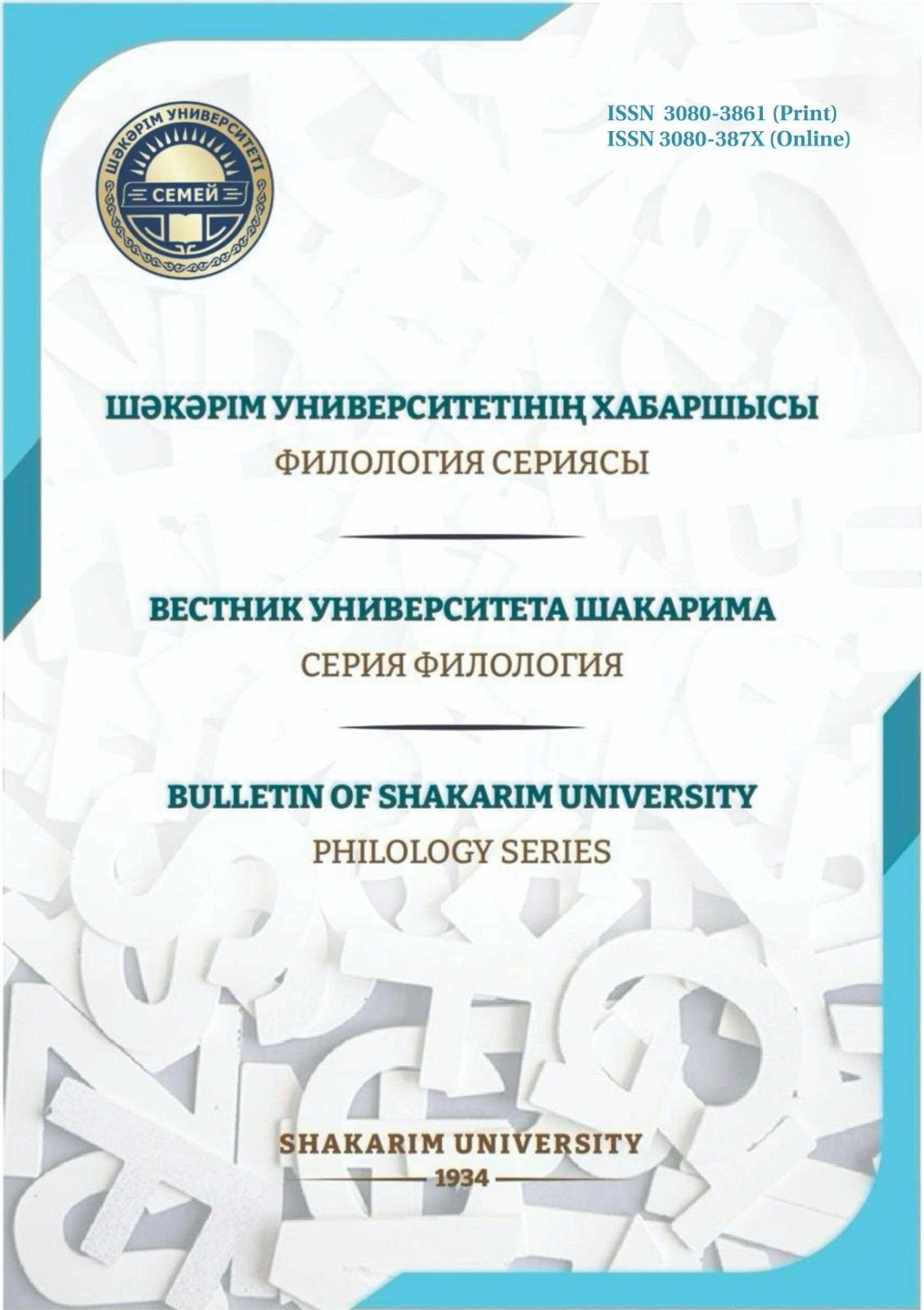SUMMATIVE ASSESSMENT OF READING THROUGHINTERNET-BASED TOOLS
Keywords:
summative assessment, reading skill, internet-based tools.Abstract
This study investigates the use of online resources, particularly Google Forms, as a tool for summative assessment of reading among ninth-grade students. It explores students’ perceptions regarding the level of engagement, usefulness, and effectiveness of internet-based assessments in comparison with traditional paper-based formats. The findings reveal that most students view Google Forms as practical and user-friendly, appreciating its efficiency, fairness, and the immediacy of results. The automatic grading system and ease of administration are also perceived as advantages that contribute to a more streamlined assessment process.
Despite these benefits, the study also identifies several limitations. Students express concerns about the restricted opportunities for open-ended responses, which may hinder the demonstration of deeper comprehension skills. In addition, issues such as unreliable internet connections, limited digital literacy among some learners, and doubts about the overall validity and security of online assessments are highlighted as potential challenges. These factors suggest that while digital tools enhance convenience, they cannot entirely replace traditional approaches without careful consideration of their drawbacks.
The study emphasizes the importance of adopting a blended model that integrates both digital and paper-based assessment methods to achieve a more balanced and equitable evaluation of reading comprehension. Furthermore, it underscores the need for teacher training in the effective use of digital assessment platforms, the development of reliable infrastructure, and the careful design of test items that can capture both surface-level and higher-order thinking skills.
Overall, this research contributes to the growing body of literature on digital transformation in education and assessment practices. By examining students’ perceptions and experiences, it provides valuable insights for educators, policymakers, and school administrators who aim to modernize assessment strategies while ensuring fairness, inclusivity, and the accurate measurement of students’ reading abilities.
Downloads
Published
Issue
Section
License
Copyright (c) 2025 The editorial staff of the journal follows the copyright law of the Republic of Kazakhstan and relevant international agreements. The authors retain their copyright and provide the journal «Bulletin of Shakarim University. Series of Historical Sciences» right of first publication of the manuscript. The author has the right to copy and distribute the material in any medium and in any format, subject to appropriate reference to the journal. Readers and users can freely copy, distribute and adapt the material, provided that the author of the work is indicated and a link to this journal is provided. Copyright presupposes the integrity and responsibility of each co-author who made a significant contribution to the writing of the article. The author has the right to store his publications in an institutional or other repository of his choice, provided he provides the appropriate link to the journal’s website.

This work is licensed under a Creative Commons Attribution-NonCommercial 4.0 International License.
Copyright presupposes the integrity and responsibility of each co-author who made a significant contribution to the writing of the article.
The author has the right to store his publications in an institutional or other repository of his choice, provided he provides the appropriate link to the journal’s website.

